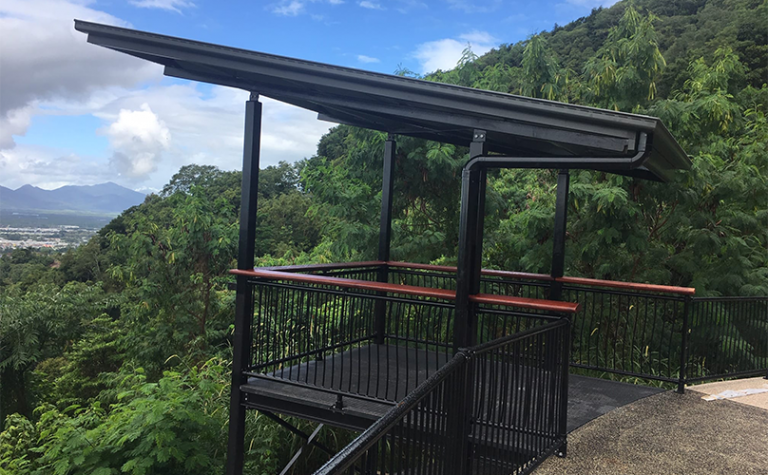-
Australia
Copyright © 2025 Powered by BCI Media Group Pty Ltd
Confirm Submission
Are you sure want to adding all Products to your Library?
Contact Detail

According to research, 1 in 5 Australians live with disabilities, many of which affect their mobility. Recognizing this, the Australian government has implemented the Disability Discrimination Act (DDA) to ensure equal access to public spaces for all individuals, including those with disabilities. The DDA includes accessibility standards specifically for the design and construction of outdoor handrails, recognizing their crucial role in promoting safety and inclusivity.
Accessibility signifies that a space can be used by everyone, regardless of their physical abilities. It acknowledges the interaction between an individual’s health condition and environmental factors that may impact their capacity to perform daily tasks and participate in community life. Outdoor spaces, such as walkways, present unique challenges, particularly during inclement weather where surfaces can become slippery. Handrails play a crucial role in mitigating risks and providing stability for all users, particularly those with balance or mobility issues. They offer support and confidence, enabling individuals to navigate potentially hazardous areas like uneven terrain, drops, or areas near water bodies with reduced risk of falls.
The DDA is a significant piece of legislation in Australia that aims to create a society where everyone can fully participate. It explicitly prohibits discrimination against individuals with disabilities in various areas of public life, including access to public places. Section 23 of the DDA specifically addresses the unlawful discrimination against people with disabilities regarding the access to and use of premises open to the public. This term “premises” encompasses a wide range of locations, including parks, playgrounds, streetscapes, outdoor areas, footpaths, and road crossings, emphasizing the broad application of the DDA in ensuring accessibility.
A key concept within the DDA is the “continuous accessible path of travel,” defined in AS 1428.1 as an uninterrupted path that provides access to all facilities within a building or outdoor space. Handrails are essential in facilitating this continuous path, ensuring that people with disabilities can access different areas in the same way as those without disabilities. This requirement applies to any built environment, landscape, or complex with connected buildings, including parks, schools, and shopping malls.

Design Standards and Specifications: AS 1428
General Requirements:
AS 1428 serves as the primary reference for accessibility standards in Australia, outlining minimum requirements for new building work and public spaces. When designing outdoor spaces, contractors must prioritize accessibility, particularly in the design of stairs, ramps, and balustrades. AS 1428 provides detailed specifications for handrails to ensure safety, convenience, and ease of use for all, including those using wheelchairs or other mobility aids.
Specific Handrail Requirements:
To meet the DDA requirements and ensure functionality, handrails must adhere to the following specifications as outlined in AS 1428:
Additional Requirements for Stairways:
Stairway handrails have additional specifications outlined in AS 1428.1 and AS 1428.2, including:

Material Selection for Outdoor Handrails
The choice of materials for outdoor handrails is crucial for ensuring both aesthetics and longevity. The selected material should withstand environmental factors and contribute to the overall functionality of the space. Some common options include:
The installation of DDA-compliant handrails is not just a legal requirement but an essential step in creating inclusive and safe outdoor environments. By adhering to the design standards and specifications outlined in AS 1428, contractors can ensure that handrails provide the necessary support and stability for all users, empowering people with mobility limitations to navigate outdoor spaces confidently and safely. The choice of materials should prioritize durability, weather resistance, and low maintenance to guarantee the long-term functionality and aesthetic appeal of the handrails. Ultimately, the goal is to create public spaces that are accessible and welcoming to everyone, regardless of their physical abilities. For further details, you can access our whitepaper on Designing Outdoor Handrails for Accessibility & Safety here.



